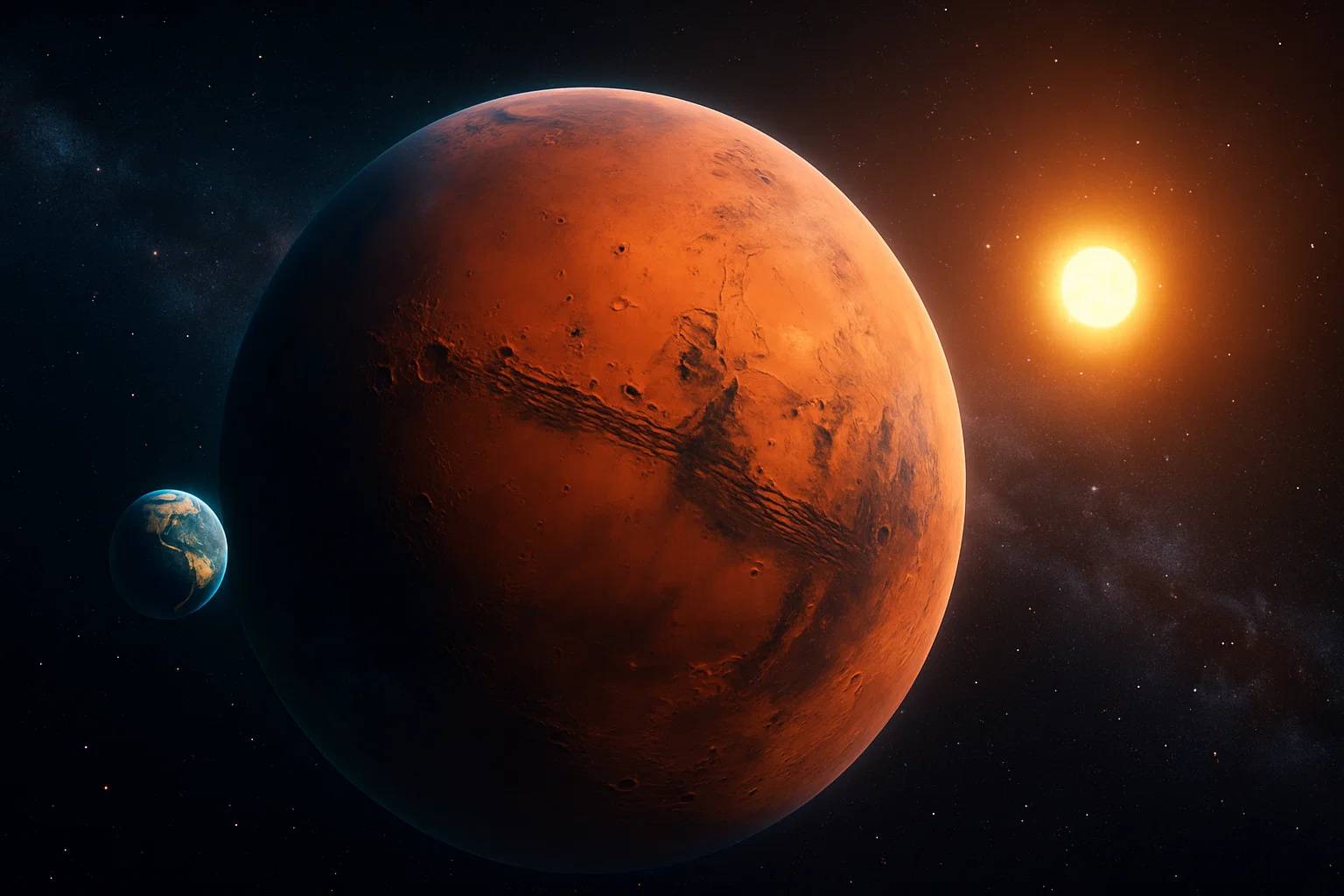Billions of years ago, Mars was a blue planet with vast oceans and rivers. But today, it’s a dry, dusty world with only traces of water. For decades, scientists puzzled over what happened to this water. Recent NASA research has finally pieced together the mystery, offering fascinating insights into how Mars transformed from a watery world to the barren, frozen landscape we see now.
1. Ancient Oceans Disappeared Over Time
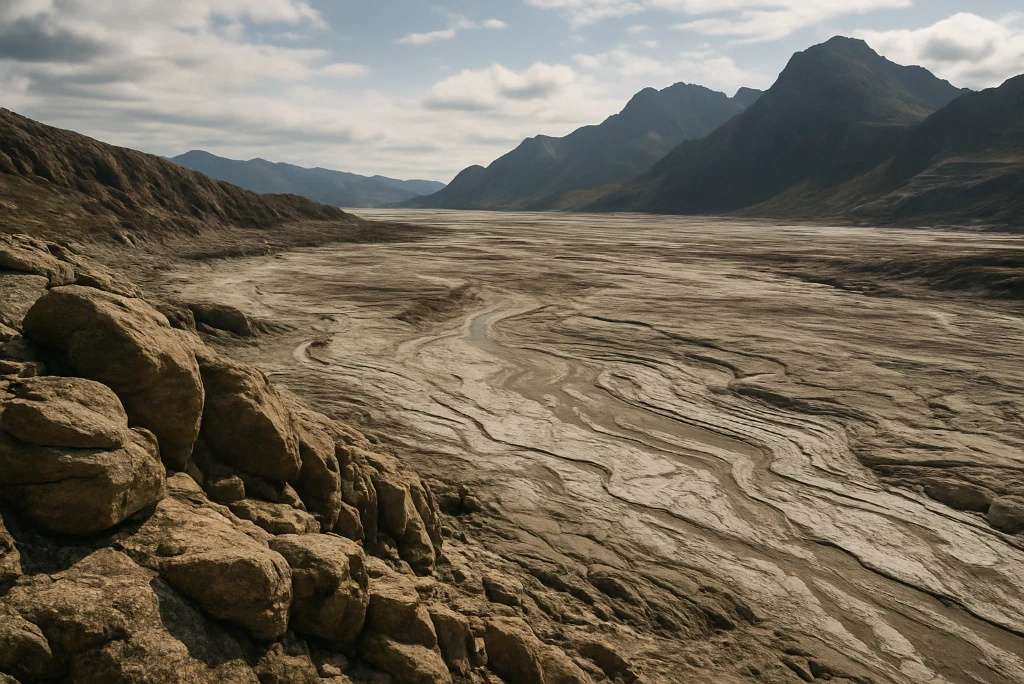
Scientists believe Mars once hosted oceans covering nearly one-fifth of its surface. Data from NASA’s Curiosity rover and orbiters like MAVEN reveal evidence of dried riverbeds and deltas, suggesting an extensive hydrological cycle. Unlike Earth, Mars lacked the tectonic activity needed to recycle water back into its atmosphere.
Over time, these massive bodies of water evaporated and were lost to space. Researchers estimate these oceans could have been kilometers deep in places, offering a dramatically different vision of Mars. (NASA’s research)
2. Thin Atmosphere Accelerated Water Loss
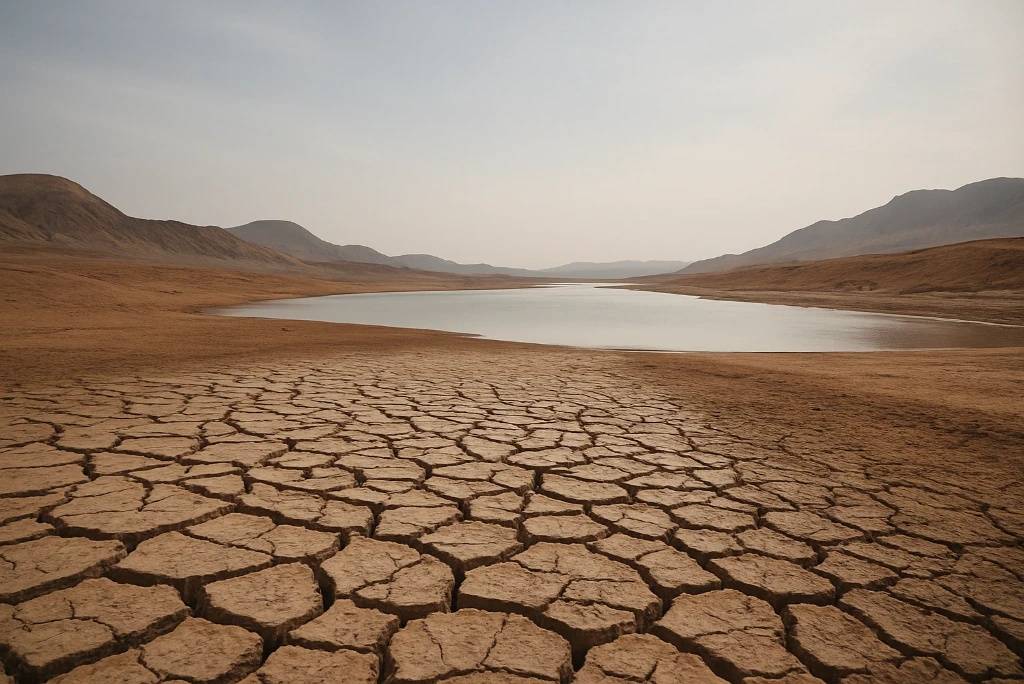
Mars’ atmosphere is over 100 times thinner than Earth’s, making it incapable of holding water vapor for long. NASA’s MAVEN mission found that solar wind stripped away atmospheric particles over billions of years. Without a thick atmosphere, Mars couldn’t maintain stable liquid water on its surface, accelerating the planet’s transformation from wet to dry. This thinness also limited cloud formation, which otherwise could have preserved moisture. It is a stark reminder of how atmospheric density controls habitability. (NASA)
3. Solar Wind Stripped the Planet Bare
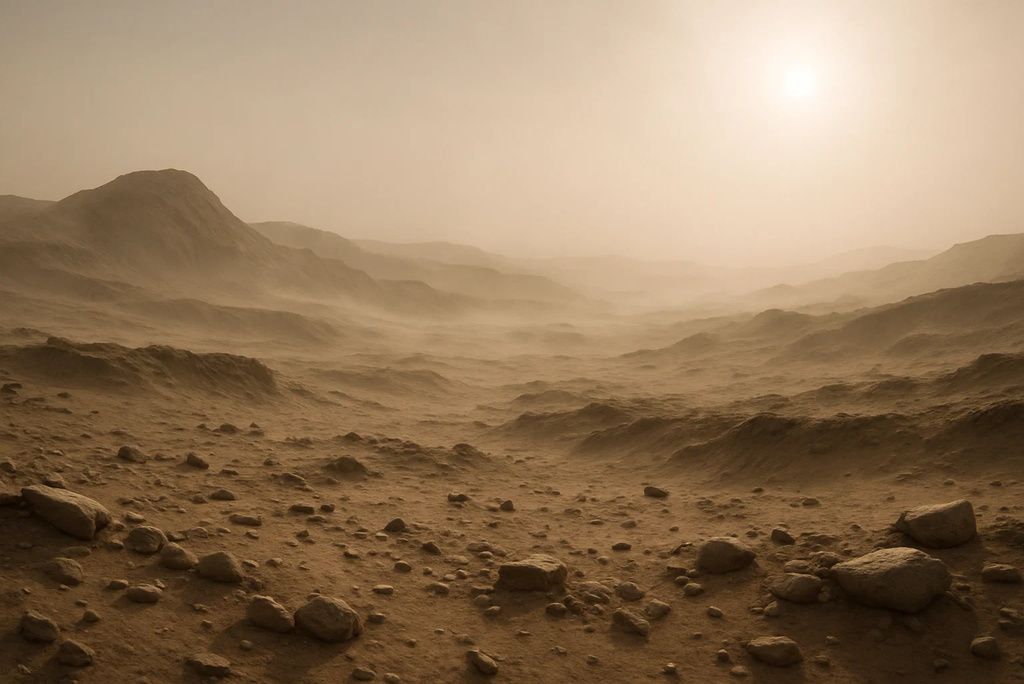
The absence of a global magnetic field left Mars vulnerable to the Sun’s solar wind. This powerful stream of charged particles eroded Mars’ upper atmosphere, removing essential gases. MAVEN’s measurements show this stripping process still continues today, though at a slower rate. The loss of atmospheric protection meant Mars couldn’t shield itself from harsh space radiation, compounding water loss. Understanding this process is vital for comparing Mars’ evolution with Earth’s. (Nature Geoscience)
4. Subsurface Water Storage
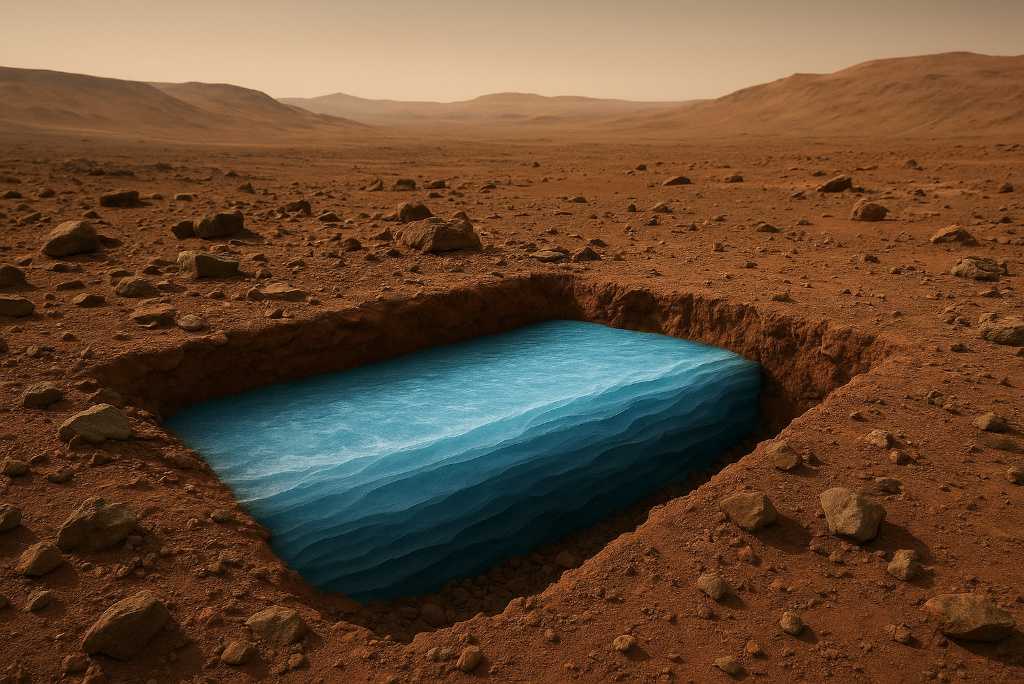
Recent radar scans from ESA’s Mars Express and NASA’s InSight mission reveal significant amounts of water trapped underground. This water is likely frozen or chemically bound to minerals in the crust. While not accessible on the surface, these reservoirs may contain clues about Mars’ wetter past.
Such discoveries open exciting possibilities for future exploration, including potential human missions utilizing subsurface ice. These underground stores provide a timeline of ancient Martian climate conditions over millions of years. (here)
5. Chemical Trapping in Minerals
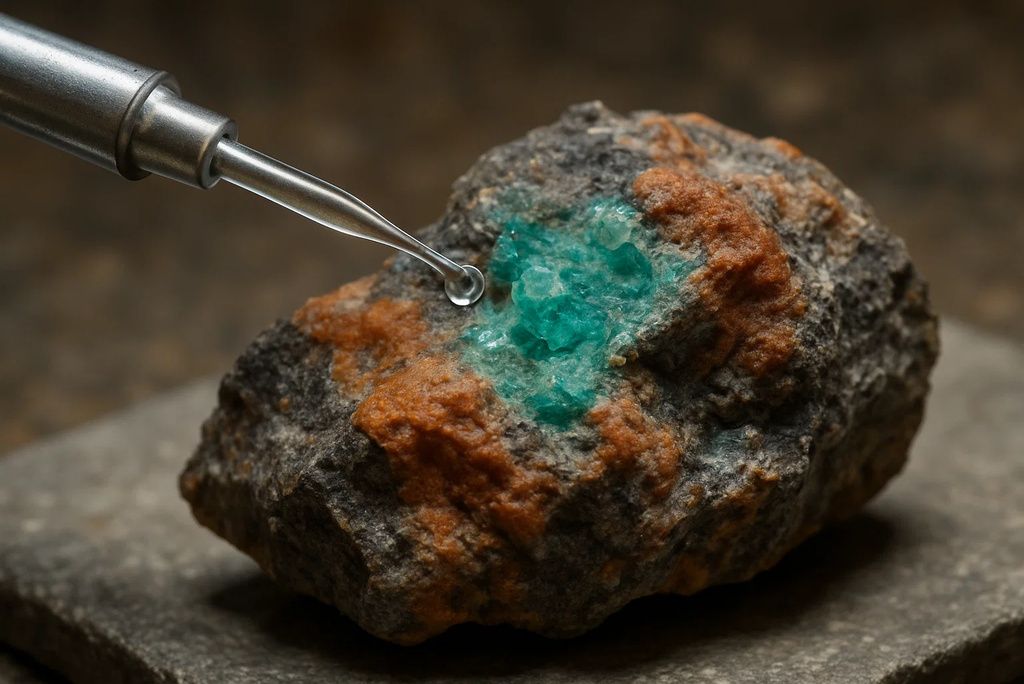
Scientists discovered that much of Mars’ water didn’t escape into space—it became trapped in the planet’s rocks. This process, called “hydration,” binds water molecules into minerals like clays and sulfates. Over time, these hydrated rocks locked away large volumes of water, leaving the surface dry. These minerals act as a geological record, preserving evidence of Mars’ ancient environment. water persisted after surface drying began. (Science)
6. Volcanic Activity Contributed to Loss
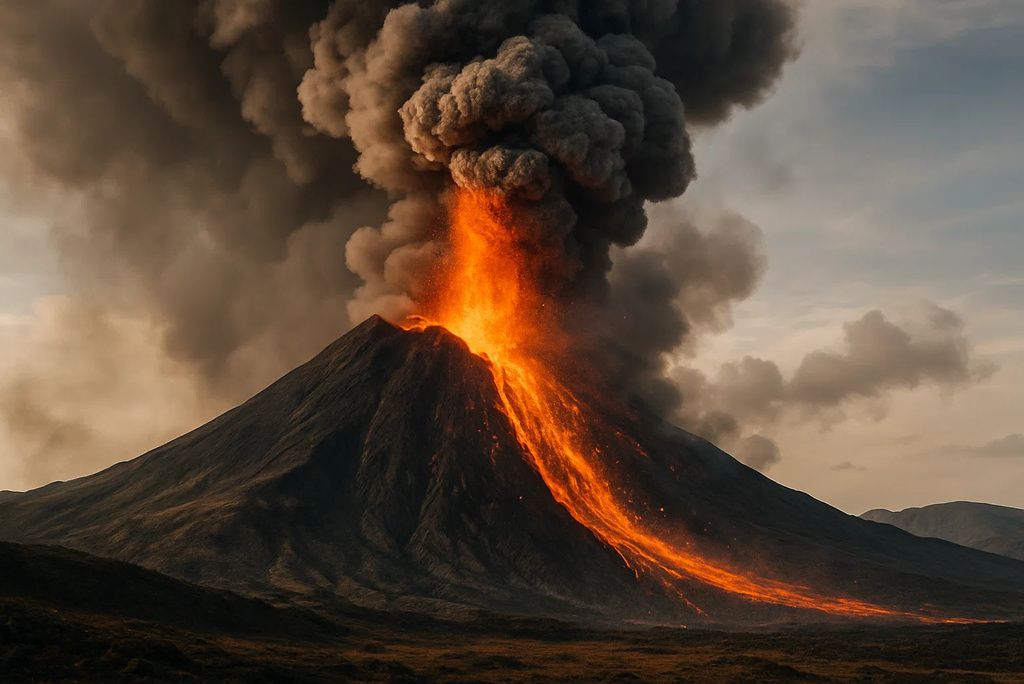
Mars’ volcanic past may have played a double role: releasing water vapor into the atmosphere but also contributing to its eventual loss. Without sufficient atmospheric pressure or recycling processes, volcanic gases escaped into space. Massive volcanic regions like Tharsis show how significant this outgassing was, impacting climate stability over time. These eruptions may have warmed the planet temporarily, allowing water to exist longer before it vanished. Scientists continue studying volcanic deposits for trapped water evidence. (Geophysical Research Letters)
7. Polar Ice Caps as Water Vaults
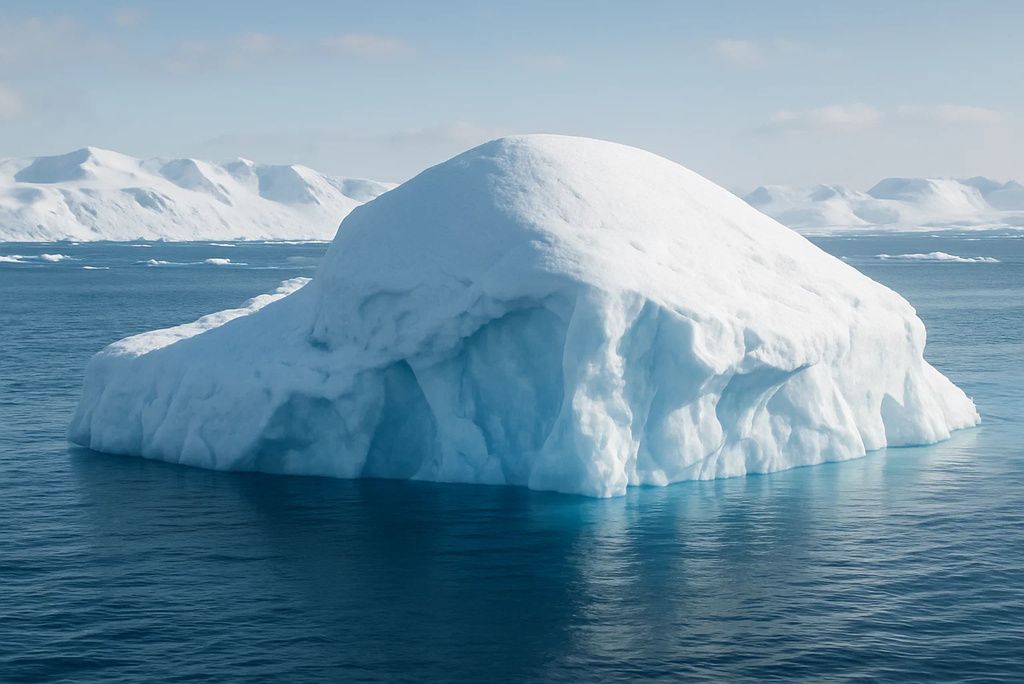
The polar regions of Mars still hold enormous amounts of frozen water. Seasonal changes cause these ice caps to grow and shrink, providing scientists with valuable data about past climate patterns. NASA’s Mars Reconnaissance Orbiter has provided detailed imaging of these ice deposits, which may hold more water than previously thought. These ice layers record seasonal and long-term atmospheric changes, acting like time capsules. They could be future water sources for human explorers. (here)
8. Role of Mars’ Tilt and Orbit
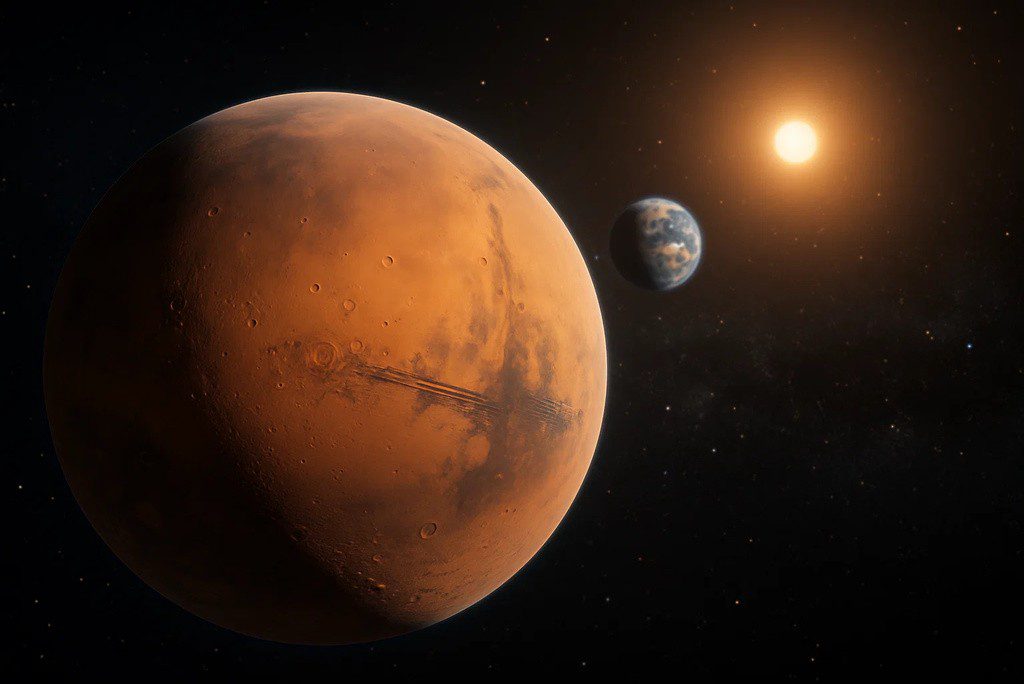
Mars’ axial tilt changes over hundreds of thousands of years, affecting its climate. These shifts cause ice to migrate between the poles and mid-latitudes, altering where water is stored. This process, observed in ice layering patterns, suggests that Mars’ water has been redistributed rather than fully lost. These cycles influenced surface habitability and could explain sediment deposits in unexpected places. Understanding this helps predict where subsurface ice may still exist. (Geophysical Research Letters)
9. Impact Craters as Water Clues
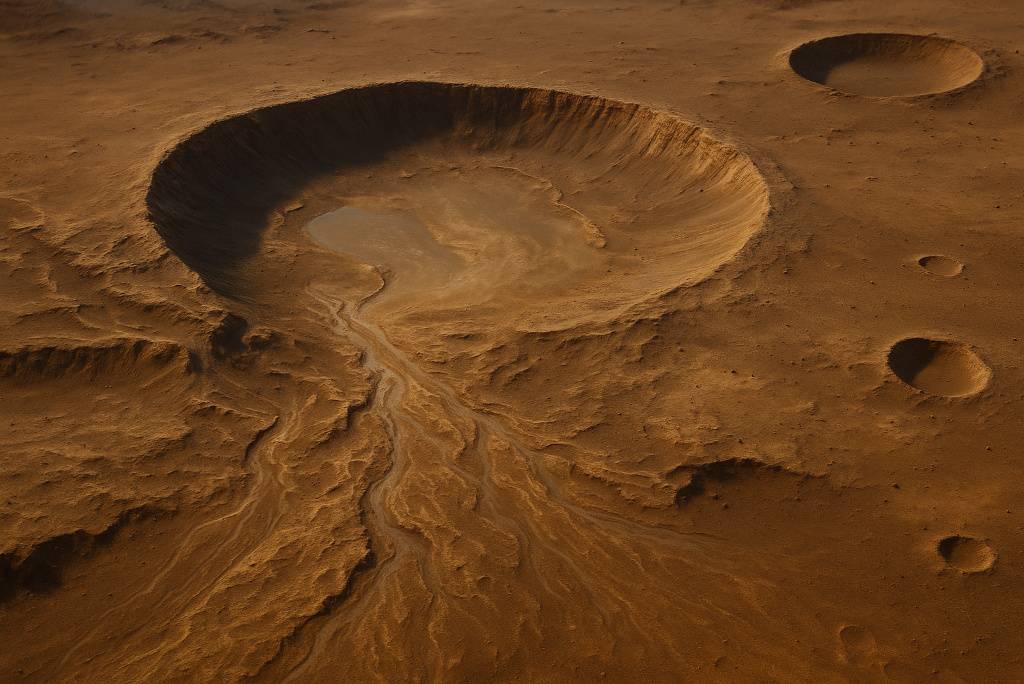
Craters like Gale and Jezero reveal sedimentary structures formed by ancient water flow. NASA’s Curiosity and Perseverance rovers are studying these sites to reconstruct Mars’ watery history. The discovery of clay and sulfate minerals in these regions offers strong evidence for long-standing water activity. These crater lakes may have been habitable environments for microbial life. They also provide sediment layers that scientists can analyze for climate history. (NASA’s Perseverance mission)
10. Hydrogen Isotope Evidence

NASA researchers use deuterium-to-hydrogen ratios in Mars’ atmosphere to trace water loss. These measurements show that lighter hydrogen atoms escaped into space more readily than heavier ones, leaving a distinct signature. Such isotope studies help scientists estimate how much water Mars has lost over billions of years. This ratio provides a powerful tool for reconstructing atmospheric evolution. It also connects past water levels with current remaining water reserves. (here)
11. Seasonal Water Vapor Variations

Orbiters have detected seasonal changes in Mars’ atmospheric water vapor. These fluctuations suggest ongoing exchanges between the surface, atmosphere, and polar caps. While not enough to sustain liquid water, these cycles help scientists understand current Martian climate dynamics. This behavior mirrors seasonal changes seen on Earth, offering useful comparative insights. Continued monitoring could reveal new atmospheric interactions over time. (Icarus Journal)
12. Ancient River Networks
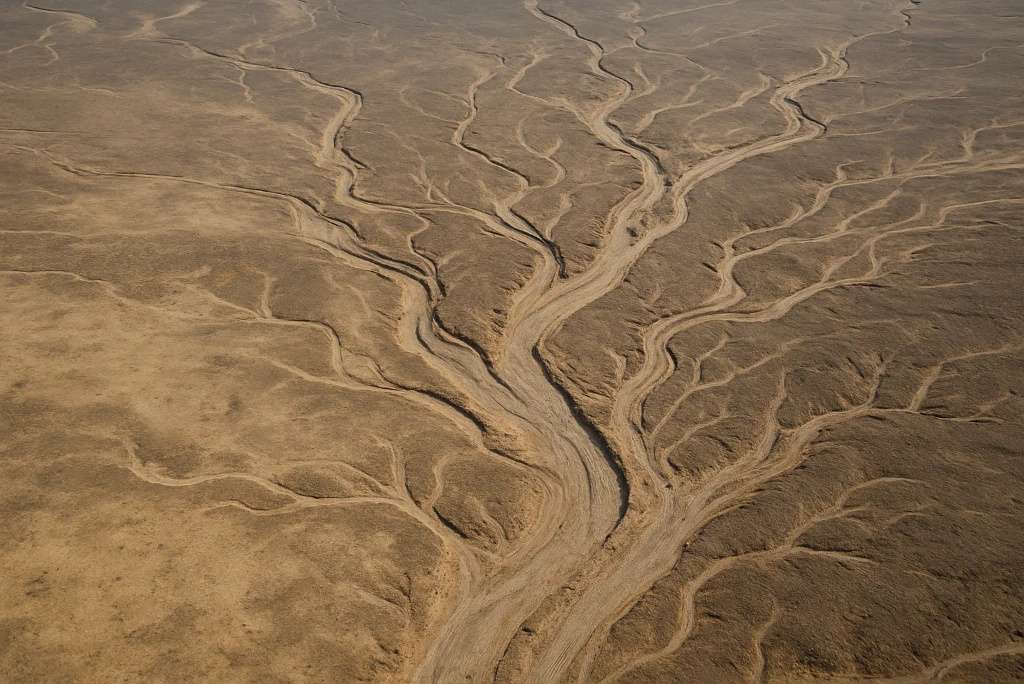
The dried-up river valleys and deltas visible today are remnants of Mars’ wetter past. Satellite imagery from NASA and ESA shows complex branching channels similar to those on Earth, reinforcing the idea that water once shaped the Martian landscape. These networks indicate prolonged surface runoff, likely supported by a thicker atmosphere. Studying them helps scientists estimate how long liquid water persisted. Such evidence strengthens the case for ancient habitability. (Science Advances)
13. Salt Deposits Indicating Evaporation
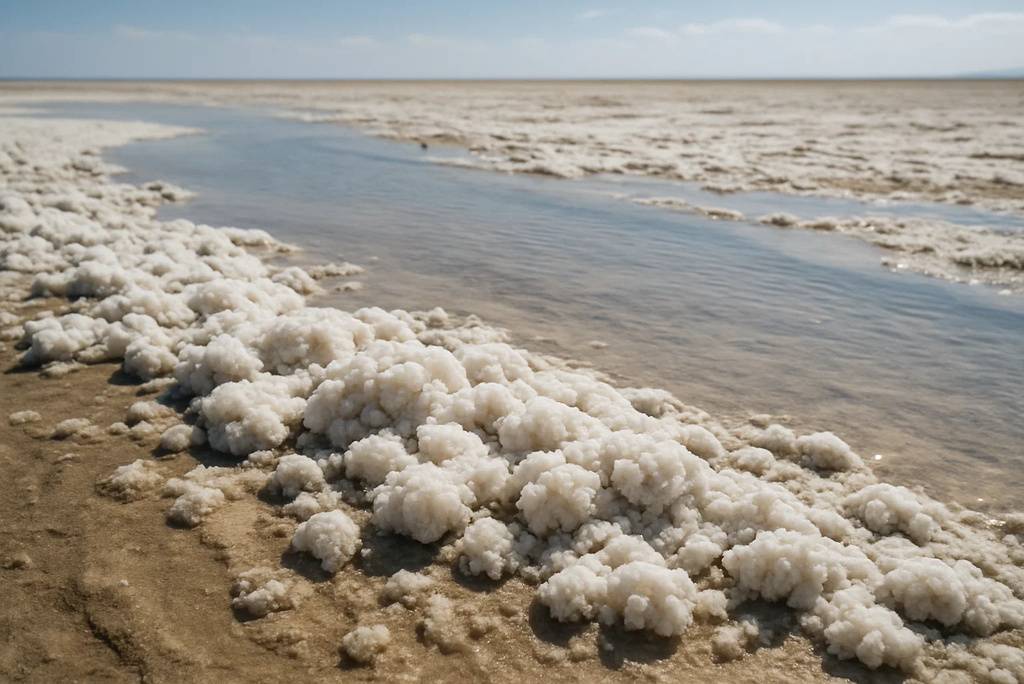
Mars’ surface is dotted with salt-rich regions, remnants of evaporated lakes and seas. These deposits suggest that as water bodies dried up, they left behind mineral traces. Studying these deposits gives scientists clues about how long water lasted on the surface. Such salts may even preserve biosignatures from ancient microbial life. They also reveal how Mars’ chemistry evolved as it dried.
14. Potential for Future Exploration

Understanding where Mars’ water went is vital for future missions. NASA and other agencies aim to map underground water deposits for potential use in crewed missions. This could provide drinking water and fuel for long-term colonization efforts. Water accessibility will shape landing site decisions for future human explorers. Such efforts make Mars more than a research target—an eventual home for humanity. (NASA’s Artemis roadmap)
15. Implications for Life on Mars

Wherever there was water, life might have existed. Tracing Mars’ water history helps scientists pinpoint locations most likely to have hosted microbes. Missions like Perseverance are drilling into ancient rocks to search for biosignatures. Any discovery of past life would transform our understanding of biology. It would also guide future exploration priorities on the planet.
Disclaimer: This article summarizes current scientific research. It is for informational purposes only and should not be taken as definitive evidence of past or present life on Mars.

